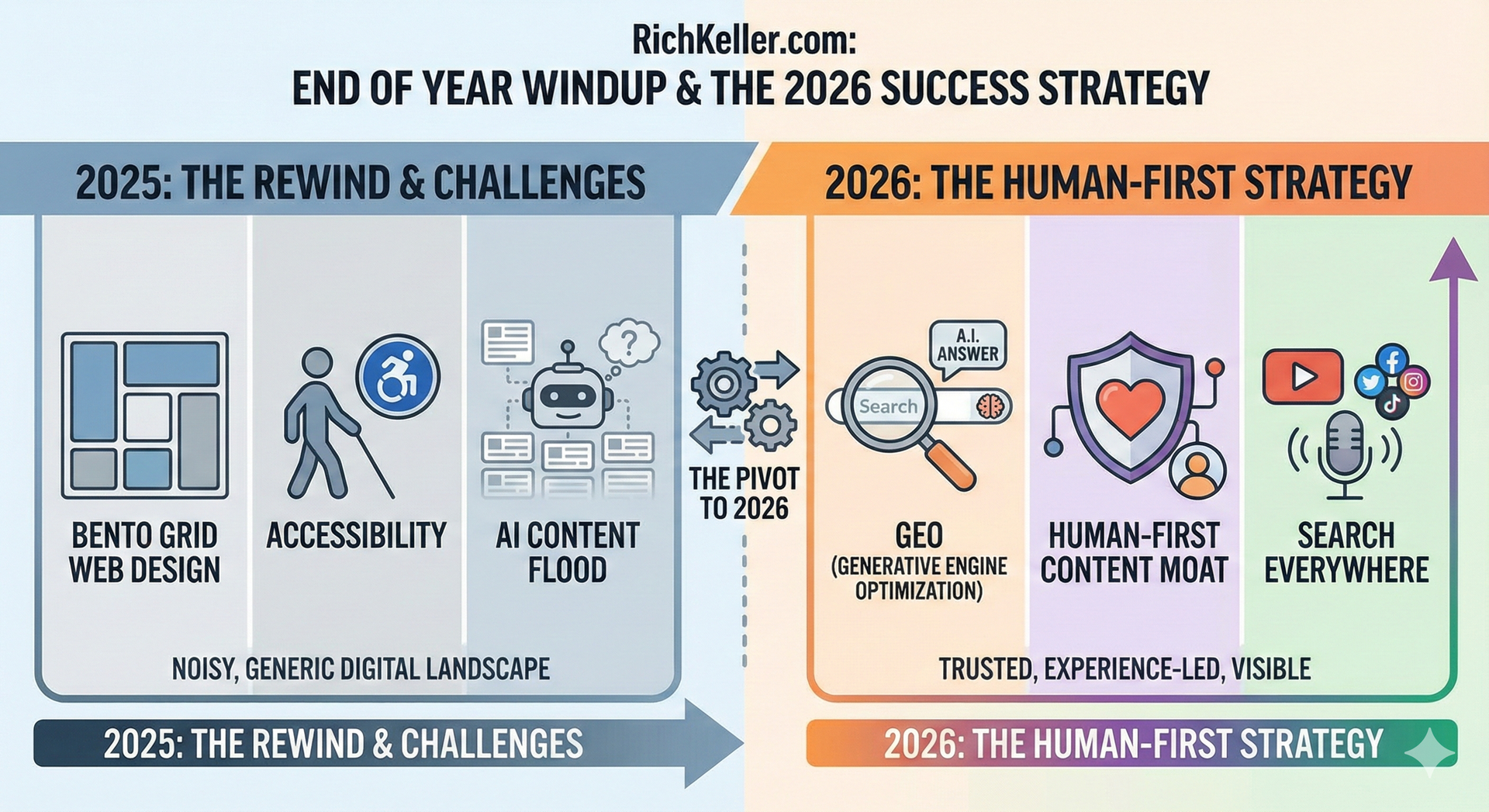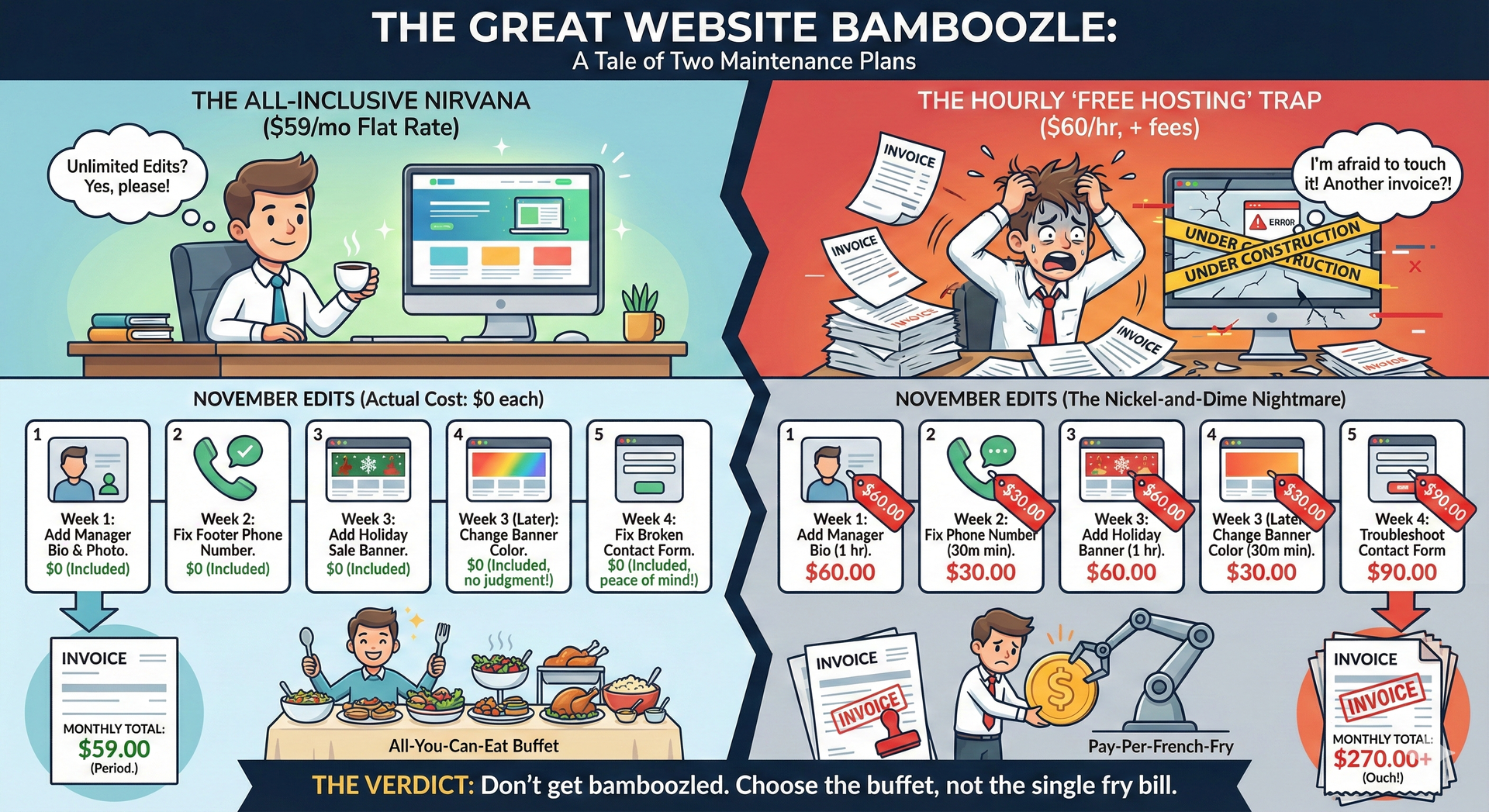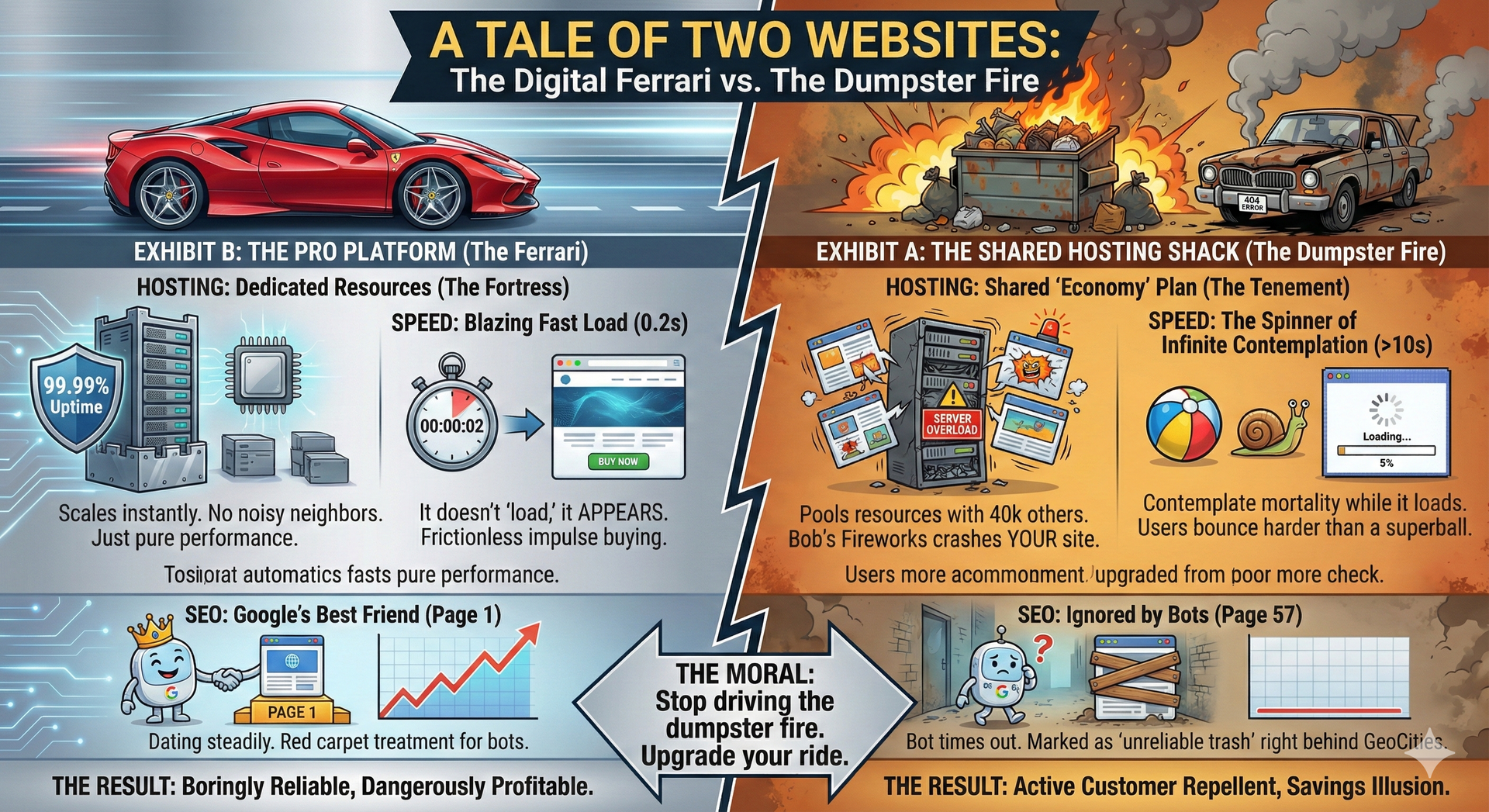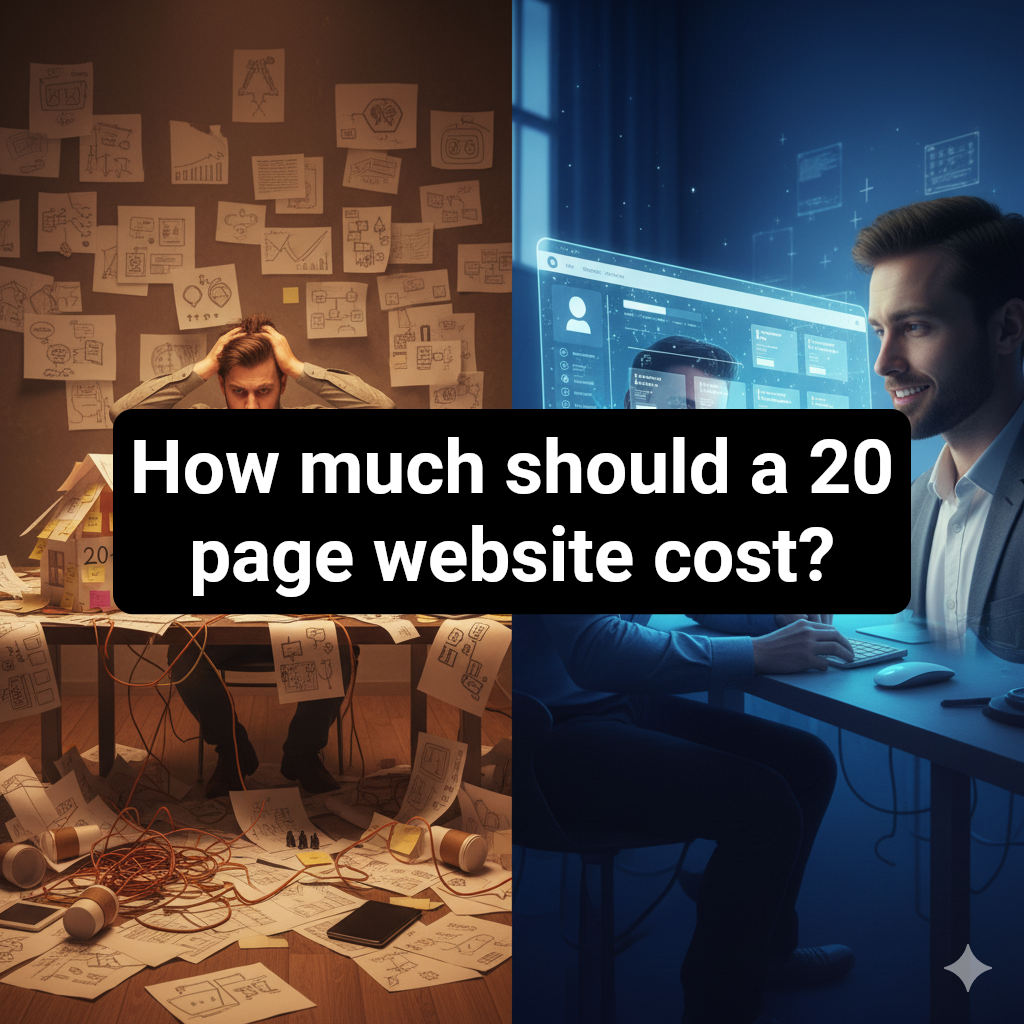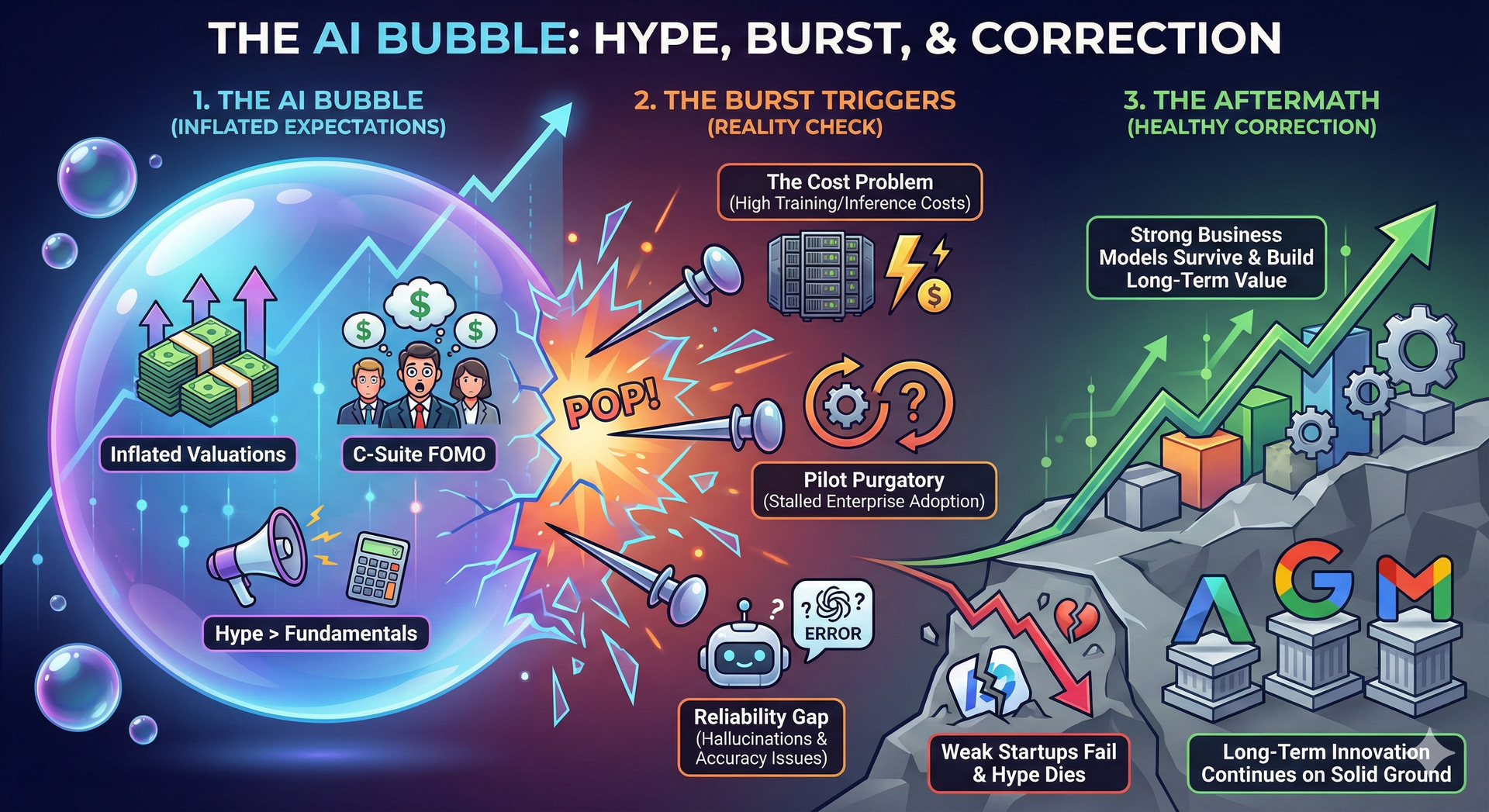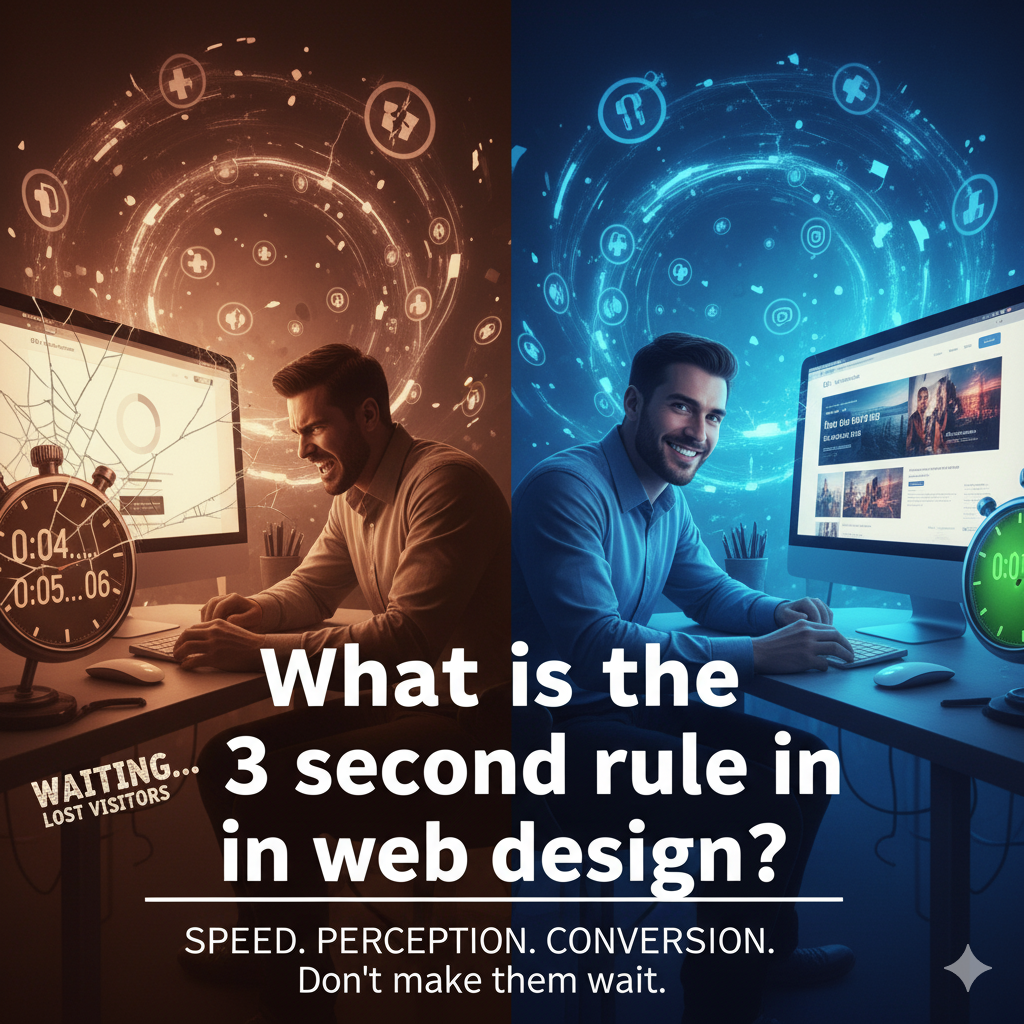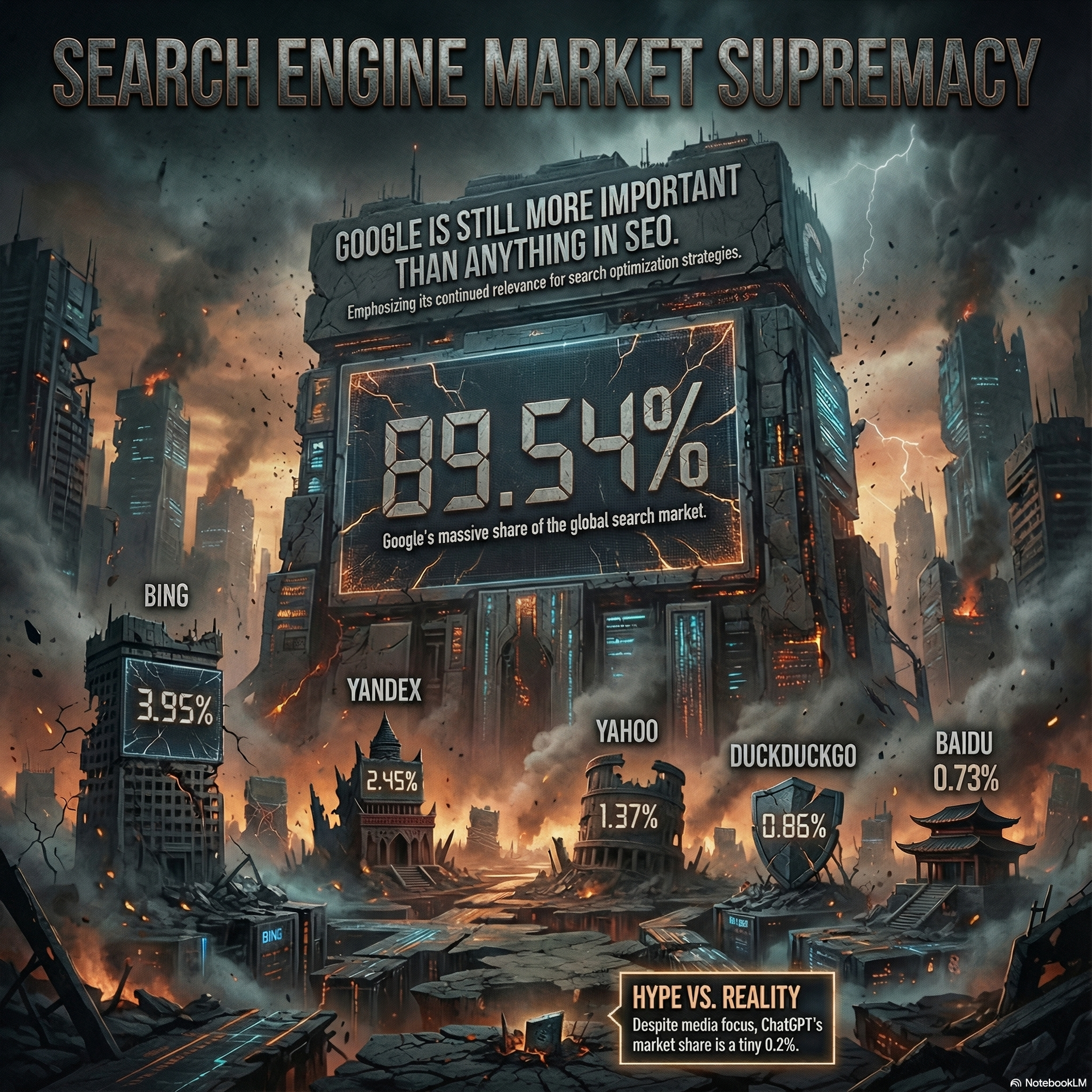Logo Design - Stand back and take a closer look
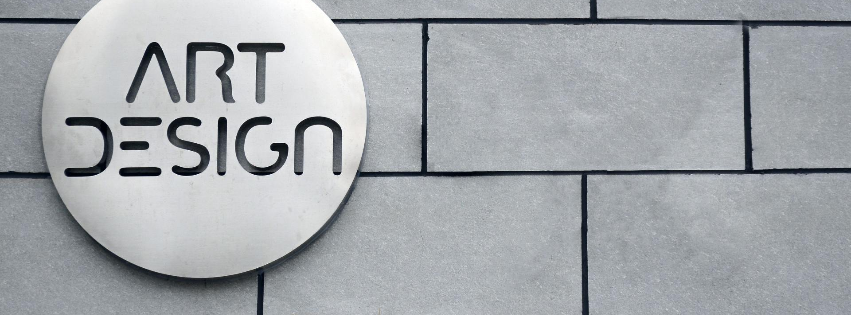
This is the first post in a series of design tips spanning everything from logo design, email marketing, CRM’s, all the way to server tweaks, JavaScript tricks, analytics, and anything that comes up with current projects that I might find helpful to someone else in the same situation.
I don't claim to be an expert in everything, but I have 20 years of experience with this internet fad we are all taking part in. I will give my 2 cents on a given subject and hopefully, you find something useful that we can both share and build our skill sets with.
So that brings me to my first subject:
Creating a Logo
Color - Shapes - Contrast.
There are many things that make a great logo, and every logo will have different requirements set by the client or yourself as the designer. Is it a trademarked name? Do they have official colors? Do they already have a logo that they just want to freshen up with a new iteration to reflect a new direction in marketing? All of these things need to be discussed and decided on with the client before anything is started.
My advice isn't going to be how a plumber logo should have a plunger or sink somehow added into the logo, or if a baseball team called the Lumberjacks should have an ax and have a plaid background. My advice is how to take the needs of your client, and create the best logo using color, shapes, and contrast.
Color
Color can make or break a logo. However, I always start creating a logo in pure black and white. The reason is that you don't know where the logo will be used. Making a simple logo for online use or business card use is very easy because the medium allows for unlimited color and everything looks great on a backlit LCD screen. But what if it destined also for a storefront sign, or maybe an unlit storefront sign. All of a sudden the full-color busy logo that looks great on a backlit computer screen, now just looks like a one-color mess when printed on a wooden sign 30+ feet from the viewer.
Ideally, a logo that works in one single color, will be a much better logo when applied to all kinds of media and real-world use. In fact, by limiting yourself to one color at the start, you will be preventing many mistakes designers make when creating logos, such as busy backgrounds, no white space around the text, text color too similar to the background, or colors close to each other on the color wheel. For example, dark red text on a black background is a sure fire way to have everyone ignore your advertising. Yellow text on white background is the same. It may look great on a backlit led screen, but not very good on a dimly lit canvas banner.
Shapes
Some brands demand that the logo is basically whatever it is that they do, like a football team using the shape of a football in the logo, or a baseball team incorporates a bat. Try to make sense of the branding.
Depending on the purpose of the logo, try to keep in mind where the logo is planning to be used. Logos that favor landscape format are usually better for online use. Portrait heavy logo will need to shrink way too much to fit in the typical header at the top of a website or online ad, making it unrecognizable.
It’s tough when a logo is taller than it is wide, and the client complains the logo needs to be bigger on the website, but the header is only 120 pixels high.
Now as far as shape is concerned, please try to stay off this list.
Contrast
Contrast picks up from the color recommendations. Without contrast, your branding will just fade into the surroundings. If your edges are blending in with surrounding colors, you'll run into trouble trying to screenprint your logo on your company swag. What good is swag if your brand is impossible to read.
Aside from just defined clean edges, using colors next to each other that are also next to each other on the color wheel will only ensure no one will be able to read your sign driving down the road going 60 km/h on a snowy night.
Conclusion
The final logo you decide on will represent your business or brand for years to come, so don't settle for something that is not quite there. I recommend getting a few versions, printing them out on a sheet of paper, then post them on a wall in a room, now leave the room, later when you come back in the room, you'll immediately be drawn to the winning design.
I call this the drive by test, this resembles the distance and scale you might see when driving by a building with a sign on it. You literally gets tenths of a second to impress and grab attention. It almost has to be recognizable on a subliminal level.
Keep trying until you get it right. It will be worth it.
Cost-Effective Turnkey Website at Just $59/month.
Transform your online presence with Rich Keller.
Starting at $59/month, you receive:
- Professional Website
- SEO Optimization
- Digital Marketing Services
- *Unlimited edits.
I am dedicated to helping your business thrive in the digital landscape.
*
*Unlimited edits to all existing content. For example: updated logo or images, single paragraphs, staff, seasonal messaging etc. Only Brand new pages or wholesale design changes are quoted at time of edit.


